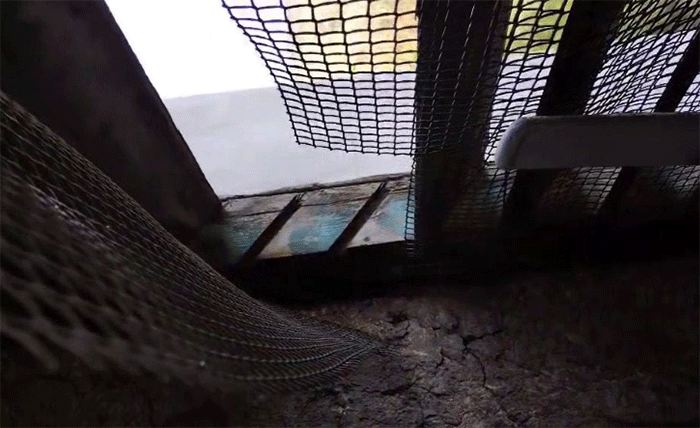Deadly Designs: How Barn Owls Are Dying in Hungary's Churches
Hungarian research reveals how loose netting meant to deter pigeons is instead claiming entire owl broods - silently and avoidably

Unseen dangers in sacred spaces
Church towers have long served as sanctuaries for Barn Owls, offering elevated and quiet nesting spaces. But new findings from Hungary reveal that well-intentioned renovations to deter pest birds like feral pigeons are instead leading to the deaths of entire owl broods. Improperly secured bird-proof netting is creating a deadly trapdoor effect - allowing owls to enter through a tear but preventing their exit. In two documented cases, a total of sixteen owls perished after being fatally trapped in church towers.
Researchers warn that these kinds of hidden architectural hazards may be far more common than previously thought. In both cases, owls were found dead with no signs of poisoning or predation. Investigations confirmed that sections of plastic or metal mesh had become partially detached, creating a one-way entrance into the building. Once inside, the birds were unable to escape, ultimately succumbing to starvation.
Churches as critical habitats - and unintentional deathtraps
Barn Owls across Europe are highly dependent on human structures for nesting, particularly as natural tree cavities have become scarce. In Central Europe, many still breed in churches - either in custom nestboxes or directly in the towers. But widespread renovations, pest-proofing efforts, and the demolition of barns have significantly reduced their nesting options in recent decades.
While the risk of road collisions is well known, entrapment mortality has received little attention. Yet studies in the Czech Republic and Spain suggest it may be the second-most common form of human-caused death in Barn Owls after vehicles. The Hungarian cases described here show that even buildings thought to be sealed off can pose unexpected threats - especially if netting is poorly maintained or vulnerable to weather damage.
Echoes of danger: why one trapped owl can doom a brood
In one of the observed cases, five fledglings from the same brood, along with two adult owls, were all found dead in the church attic. Researchers suggest that once one young bird became trapped, its distress calls may have attracted siblings and parents, leading to a cascading tragedy. In both incidents, the buildings were presumed secure - but loose netting on the inside of window frames had silently failed.
This highlights a rarely recognised risk in pest-control architecture: asymmetrical access. Birds can enter through an unsecured edge but struggle to push the same material outward again. A video accompanying the study shows how wind alone can turn a hanging mesh into a functional trapdoor.
Recommendations for preventing future tragedies
The researchers urge building managers and conservation authorities to reconsider current pest-proofing practices. If churches cannot be reopened for owls, closures must be secure, regularly inspected, and ideally designed with one-way exits. When possible, churches should remain accessible to owls or be fitted with properly maintained nestboxes within the tower space.
Above all, this study calls for collaboration between conservationists and those responsible for heritage buildings. A small tear in a mesh may seem trivial - but as this work makes painfully clear, it can lead to the deaths of entire owl families. With Barn Owls already under pressure from habitat loss and road mortality, preventing such avoidable deaths is both urgent and achievable.
22 May 2025
Share this story







